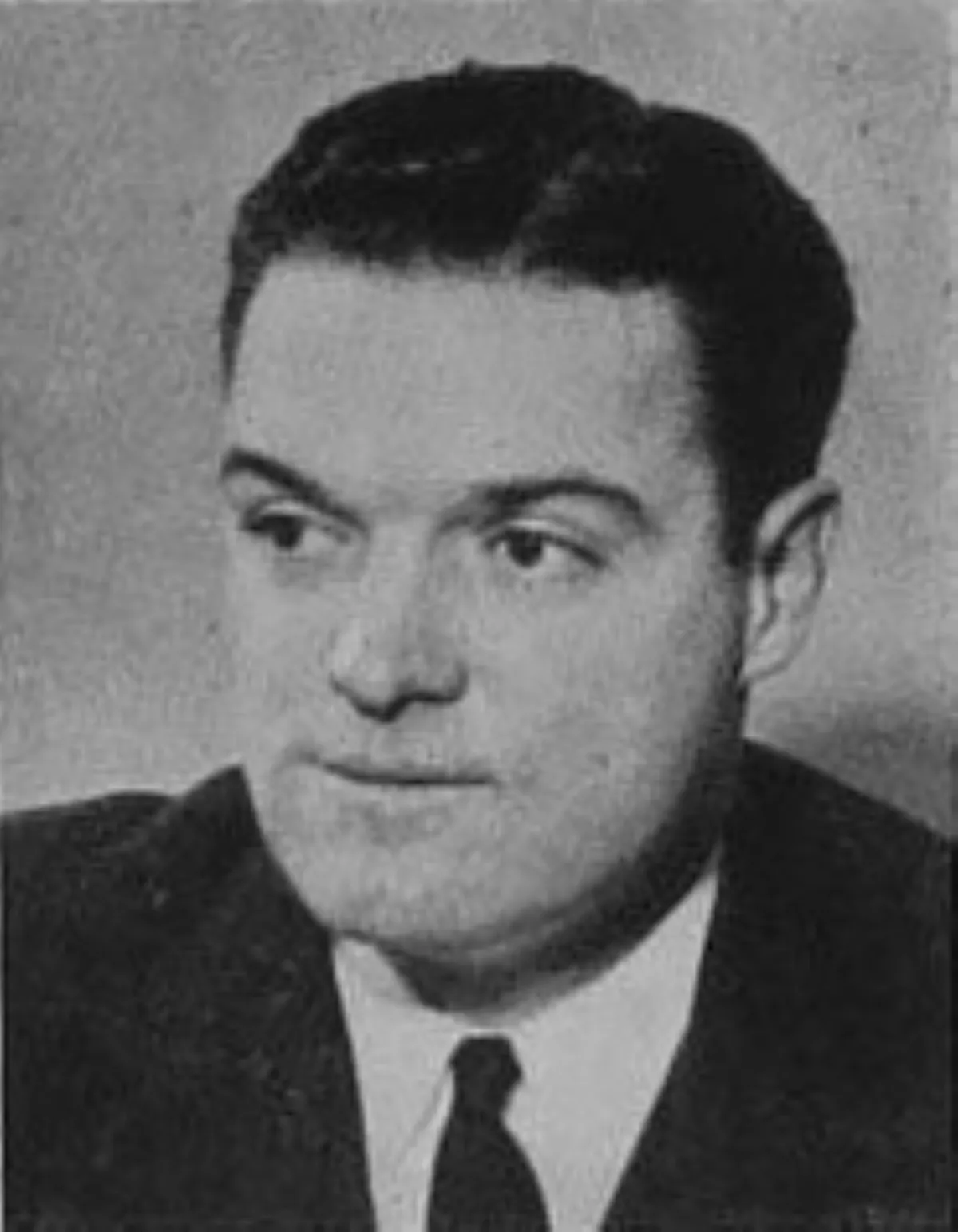 1.
1. Horace Stoneham was born in Newark, New Jersey on 27 April 1903 to Charles Stoneham and Johanna McGoldrick.

 1.
1. Horace Stoneham was born in Newark, New Jersey on 27 April 1903 to Charles Stoneham and Johanna McGoldrick.
Horace Stoneham studied at the Hun School of Princeton and graduated from Trinity-Pawling School in 1921.
Horace Stoneham's father bought the New York Giants in October 1918.
Horace Stoneham returned at his father's insistence to the Giants' spring training camp in Sarasota, Florida ahead of the 1924 season to begin his apprenticeship as a baseball executive and future owner.
Horace Stoneham worked on the Giants' grounds crew and in their ticket office and then moved into their front office, working as an assistant in the ticketing department.
Horace Stoneham managed the leasing of the team's Polo Grounds stadium for other sporting events, including football and boxing and managed the team's travel and accommodation with club secretary Eddie Branick.
Horace Stoneham became the youngest club owner in National League history.
Horace Stoneham oversaw four pennant wins and one World Series championship in his first two decades as owner.
Horace Stoneham moved the Giants from New York City to San Francisco, one of two National League owners to bring Major League Baseball to the west coast territory.
Horace Stoneham was known as a hands-on owner that was concerned with the day-to-day business of the Giants and personally involved in player trades and transactions.
Horace Stoneham fired the popular but easy-going Ott mid-way through the 1948 season and hired Brooklyn Dodgers manager Leo Durocher as a replacement.
Horace Stoneham negotiated a deal with Dodgers' general manager Branch Rickey to release Durocher from his contract and join their cross-town rivals.
Horace Stoneham was hailed as The Sporting News' Executive of the Year in baseball.
Horace Stoneham was alarmed by a dramatic drop-off in attendance during the 1950s.
However, impressed by the success of the Braves after their 1953 shift from Boston to Milwaukee, Horace Stoneham decided to move his Giants to the Twin Cities of Minnesota.
Horace Stoneham intended to set up shop in Metropolitan Stadium, which had just been constructed in Bloomington, halfway between Minneapolis and St Paul, for his Triple-A farm team, the Minneapolis Millers.
The stadium had been built to major league specifications with the help of public funds, and Horace Stoneham had declared there were at most two big-league parks that were better.
Horace Stoneham confided his plan to Dodgers owner Walter O'Malley, who then revealed that he was negotiating to transfer the Dodgers from Brooklyn to Los Angeles.
Horace Stoneham soon abandoned his Minnesota plan and shifted his attention, permanently, to San Francisco.
Horace Stoneham was partially to blame for the Giants' lack of sustained dominance, as he squandered the resources of his productive farm system through a series of poorly advised trades, usually for starting pitchers who could complement Marichal and Perry.
In 1959, Horace Stoneham began developing a spring training facility for the San Francisco Giants at Francisco Grande, in Casa Grande, Arizona.
Horace Stoneham married his wife Valleda on 14 April 1924.
Horace Stoneham died at age 86 in a nursing home in Scottsdale, Arizona.
Horace Stoneham was survived by his wife, son, daughter, five grandchildren and two great-grandchildren.